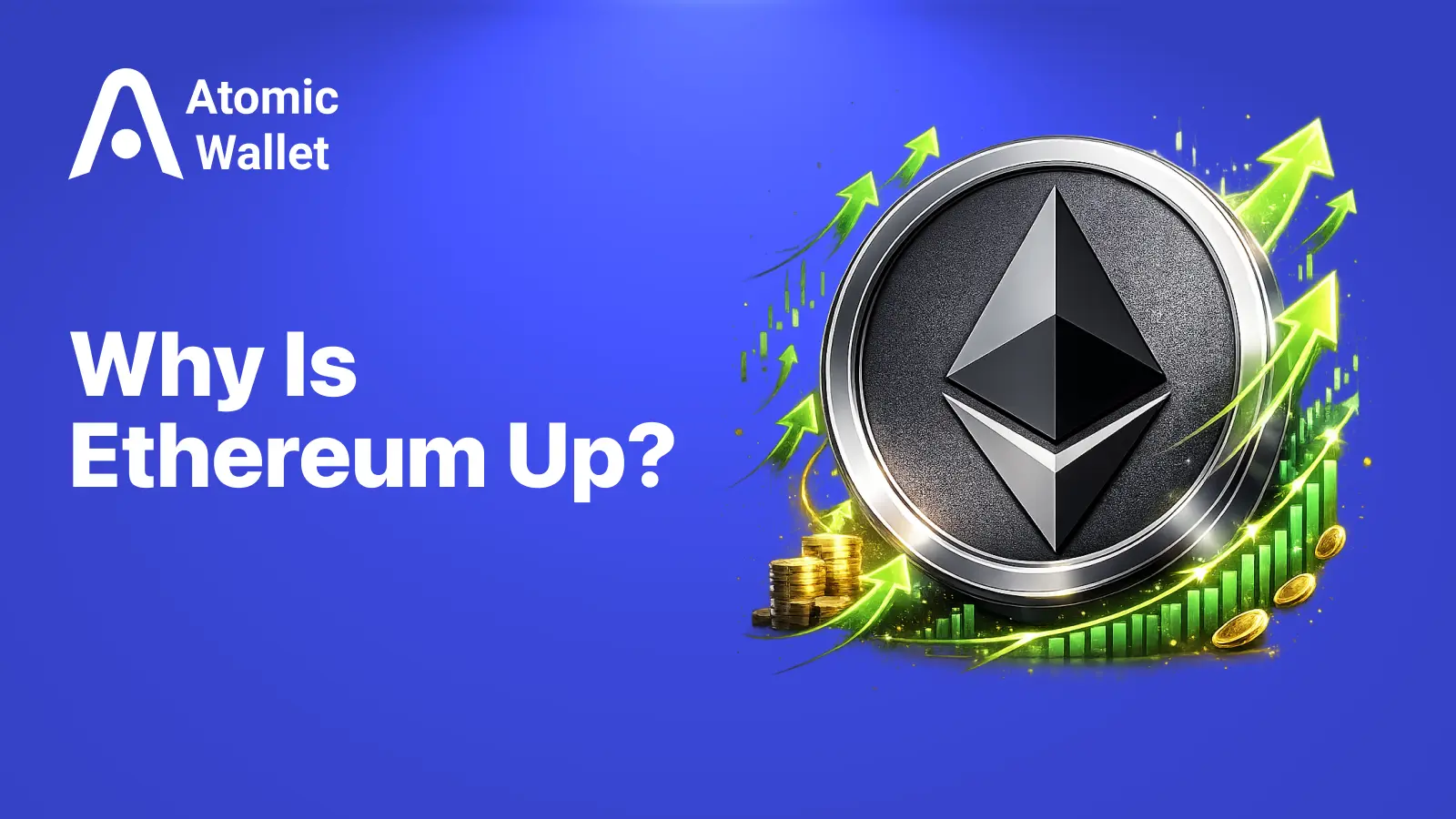Assets

Exchange

Buy Crypto




Cardano is a blockchain platform that aims to provide a more secure and scalable infrastructure for the development of decentralized applications (dApps) and smart contracts. Founded in 2015 by Charles Hoskinson, who is also a co-founder of Ethereum, Cardano was launched in 2017 with the mining of its first block. The platform is known for its scientific approach, focusing on peer-reviewed research and a systematic method for building its ecosystem.
Cardano's native cryptocurrency, ADA, is utilized for various purposes, including storing value, facilitating low-cost fund transfers, and supporting smart contracts. ADA consistently ranks among the top 10 cryptocurrencies by market capitalization, reflecting its growing adoption in the crypto space.

Cardano entered the cryptocurrency market through an Initial Coin Offering (ICO) in 2017, with early adopters investing over $62 million in premarket sales prior to its public launch. The mission of Cardano is to create a more secure and scalable platform that can support financial applications and services worldwide.
Cardano adopts a systematic approach to developing its Web3 ecosystem. The platform conducts multiple trials and publishes peer-reviewed research papers for community evaluation before implementing any new changes. This methodology enhances Cardano's reputation as a credible cryptocurrency project by minimizing bugs and unforeseen errors.
Getting to Know ADA
ADA is the heart and soul of the Cardano blockchain, acting as its native cryptocurrency. If you're diving into the world of crypto, getting a grip on ADA's utility, supply, and distribution is a must.

ADA isn't just a digital coin; it's a multi-tool in the Cardano toolkit. Here's what you can do with it:
ADA's total supply is capped at 45 billion tokens, with around 35 billion already in circulation. The distribution is set to follow an inflationary trend until about 2030.
This structured supply and the various uses of ADA help keep the network secure, make transactions smooth, and support the creation of decentralized apps and smart contracts on Cardano.
The Cardano ecosystem is buzzing with activity, supporting a mix of apps, wallets, DeFi projects, and smart contracts. If you're thinking about diving into Cardano, here's what you need to know.
Cardano has a bunch of wallets to keep your ADA (the network's cryptocurrency) safe. You can choose between hot wallets (online) for quick access or cold crypto wallets (offline) for extra security.
With Cardano wallet, you can delegate your ADA to a stake pool and earn rewards. Or, if you're feeling ambitious, you can run your own stake pool to boost your chances of getting rewards.
Cardano's DeFi scene is growing fast, with projects that use smart contracts to offer secure and reliable financial services.
These projects show how Cardano can support new and exciting financial solutions in a decentralized way.
Cardano's smart contracts are like digital agreements that run on the blockchain. They execute commands based on pre-set instructions, allowing secure peer-to-peer interactions without needing banks or other middlemen.
Smart contracts make the Cardano network more powerful, enabling various apps and services to run independently and securely. This means you can do everything from financial transactions to using decentralized apps while keeping control of your assets.
By getting to know the different parts of the Cardano ecosystem, you can make smarter choices when engaging with this cutting-edge blockchain platform.

Alright, let's break down what makes Cardano a big deal in the crypto world. We're talking about its Proof-of-Stake (PoS) model, the Ouroboros consensus algorithm, and how fast it can handle transactions. Buckle up, it's gonna be a fun ride!
Cardano runs on a Proof-of-Stake (PoS) system, which is way more user-friendly than Bitcoin's Proof-of-Work (PoW) setup. With PoS, you don't need a supercomputer or a small power plant to get involved. Just install some wallet software on your device, and boom, you're part of the action. No need to break the bank on mining gear or skyrocket your electricity bill.
Ouroboros: The Brain Behind the Brawn
At the heart of Cardano's PoS system is the Ouroboros algorithm. This bad boy is what keeps everything running smoothly. Every 20 seconds, a new "slot leader" gets picked to handle ADA transfers. This setup lets Cardano zip through about 250 transactions per second (TPS). It's like having a new cashier open up every few seconds at a busy store—things move fast!
Speedy Cardano Transactions
Thanks to the PoS model and Ouroboros, Cardano transactions are quick and efficient. With a new slot leader every 20 seconds and the ability to handle up to 250 TPS, Cardano is ready for prime time. Whether you're into DeFi apps or smart contracts, Cardano's got the speed to keep up.
Cardano's tech, from its PoS model to the Ouroboros algorithm, shows it's serious about being a sustainable and scalable blockchain. Whether you're a newbie or a crypto veteran, Cardano's got something to offer.

Why is Ethereum going up today? Learn the key reasons behind ETH’s price rise, including market sentiment, ETF flows, staking dynamics, and technical breakouts.